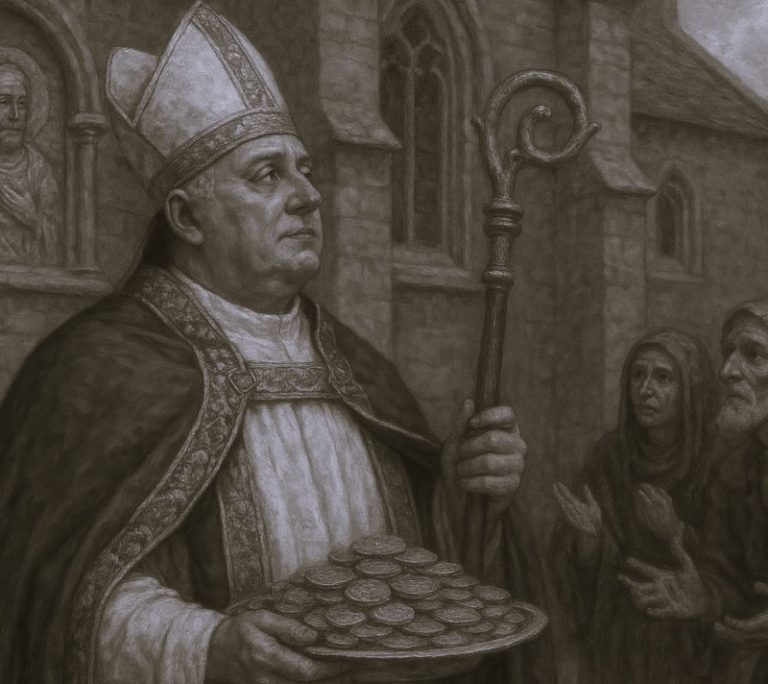

These were a way for people to form social networks and pool their resources to support each other in times of need.

By Nicolette Loizou
Freelance Journalist

In Britain, if you break a leg or need a scan, the natural destination is the National Health Service (NHS), the state-funded healthcare system set up in 1948. Before the existence of the NHS, if you needed healthcare, things were not so clear-cut. Wealthy people could afford private physicians and surgeons. The poorest might turn to charities or workhouses, and for everyone else there was patent medicine, folk remedies and prayers.

Access to safe and affordable medical treatment began to improve from the 17th century, with the growth of friendly societies. Friendly societies were collectives that organised mutual aid for their members, as well as social events such as dances. They offered the social and financial support of the medieval trade guilds, such as the Company of Barber-Surgeons, but were not linked to a member’s occupation. Instead, they focused on establishing strong social networks. Many offered practical assistance, such as savings plans designed to plug the gaps in the event of illness. Friendly societies mushroomed in the 19th century.

Temperance societies, which also flourished in the 19th century, often shared the friendlies’ collective approach, and might offer healthcare, although their main concerns were alcohol avoidance and ‘wholesome’ living rather than establishing community links. The disparate and varied names of these many societies reflected their different origins – for example, the Order of the Totally Abstinent Sons of the Phoenix. Many societies changed their names over the decades, in some cases several times, to reflect members’ shifting needs.

Friendly societies tended to offer a subscription-based model for their members. These funds provided members with access a to doctor for advice and offered them a safety net. Oddfellows, a friendly society established in 1810 and still going today, even had a surgeon at every lodge or branch, whom members – and their families – could access. Workers incapacitated by accidents no longer had to make do with botched operations. In this image for the Apollo and Hercules Benevolent Gift and Burial Fund, the wording on the canopy above the throne indicates that “dddfellows” was also a general term for members of such social and benevolent clubs.

But the friendly societies weren’t popular with everyone. The British Medical Association (BMA) often accused the societies’ surgeons of undercutting private doctors. The friendly societies countered that the BMA members were greedy. The BMA and its members remained deeply opposed to any apparent threat to their status, including the creation of a national health service. In a survey of doctors carried out in 1948, when the NHS came into existence, the BMA claimed that only 4,734 doctors out of the 45,148 polled were in favour of a national health service.

As friendly societies maintained their considerable presence, they were joined by other movements also interested in providing healthcare support for their members. New Model Unions of the mid-19th century were the Industrial Revolution inheritors of the medieval craft guilds. Collective in spirit like the friendly and temperance societies, they differentiated themselves by campaigning for industry-specific improvements in employee conditions, wages, and safety.

A number of early unions even had the phrase “friendly society” in their names to indicate that they paid benefits to members and their families, such as sickness or injury benefit, or contributions to funeral expenses. Sickness benefit was paid to members who kept up their regular contributions. Some unions also provided convalescent homes for their members. But during mass unemployment, as memberships declined, a union’s impact and support could fade. And, even during economic good times, not everyone could afford, or indeed, wanted to join either a friendly society or a union.

In the 1945 parliamentary debates about a state-organised and state-funded national health system, the role of the friendly societies was widely discussed. Conservative MP Major John Boyd-Carpenter noted that “the present membership of the societies is in the neighbourhood of 8,500,000 – a very significant and important section of the population. In the latest year for which figures were available, they distributed in benefits something in excess of £13 million, and their total accumulated funds exceeded £146 million.” The friendly societies were already working well for many people so why, the opponents to the NHS argued, should they be absorbed by the state, as was proposed by the Labour government?

Many friendly societies sought a continuing role within the new state service, including the very successful Tredegar Medical Aid Society, located in the Welsh mining town where the Labour Health Minister Aneurin Bevan was born. But as Bevan set to the task of creating a national health service, his response to Tredegar was, “You have shown us the way and by your very efficiency you have brought about your own cessation.” Friendly societies had been very influential in health and social care. The Friendly Societies Act 1829 and other legislation around their financial and social regulation influenced subsequent legislation for provident societies, co-operative societies, building societies, trade unions, and so on. And well-run, democratic ‘friendlies’ such as Tredegar provided useful but not exclusive models for the new NHS.

But there were also examples of badly run societies. Some went bankrupt. Others were corrupt and some of the doctors they engaged were incompetent or unethical. Members themselves, seeking assistance, had to endure scrutiny, usually in the form of a “sick visitor”, who would check that they were not making a false claim before approving their request. When the National Insurance system and nationwide NHS were established in 1948, the healthcare contribution of societies and unions began to fade. But now people no longer had to rely on a steady income or become a member of a specific group or community in order to get access to reliable healthcare.
Originally published by Wellcome Library, 04.05.2022, under the terms of Creative Commons Attribution 4.0 International license.






